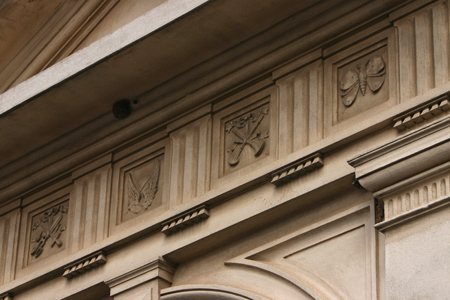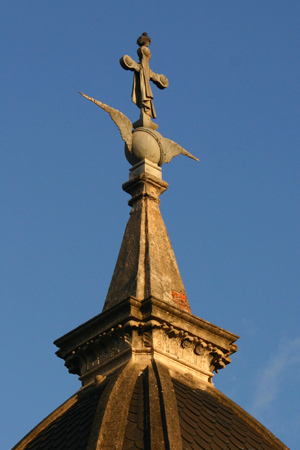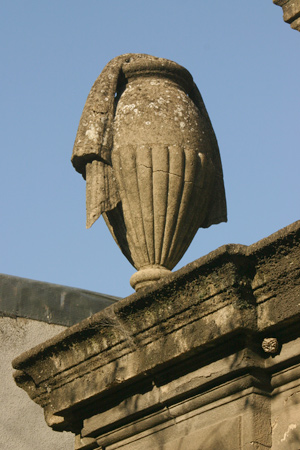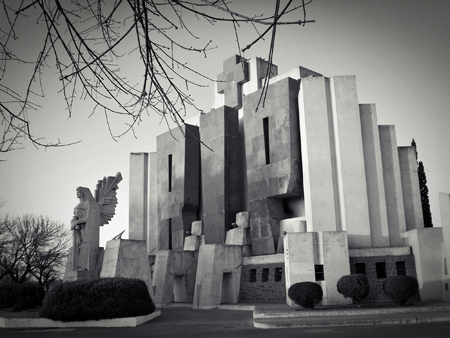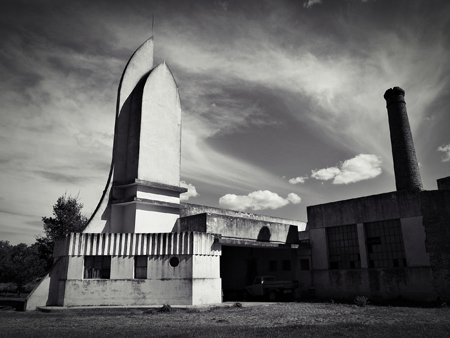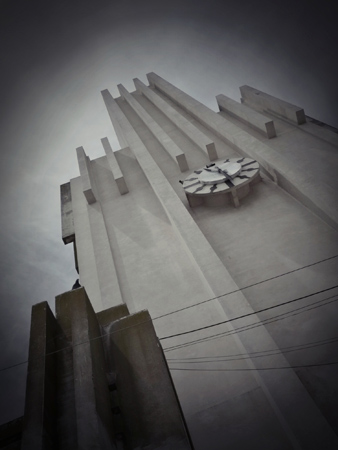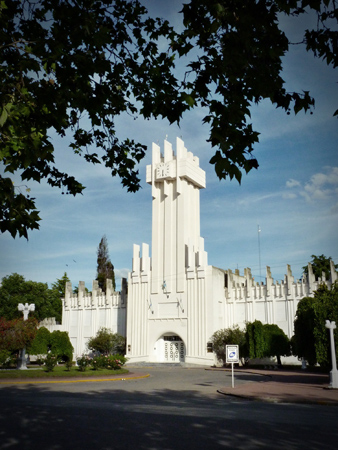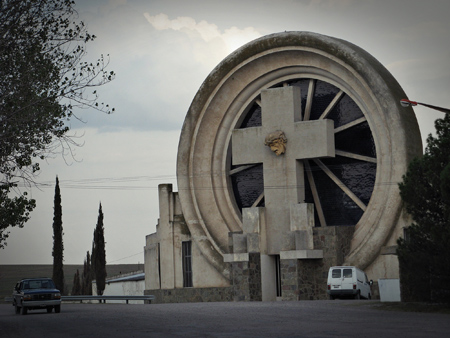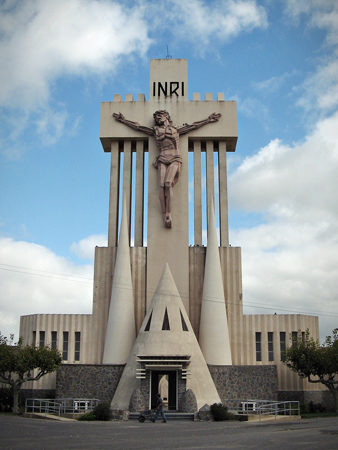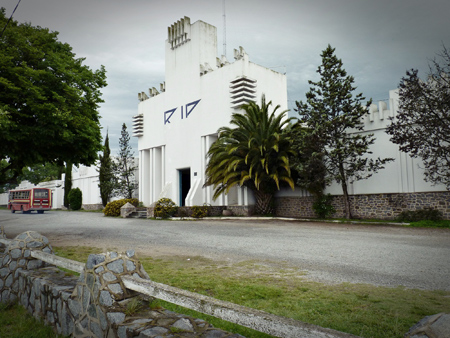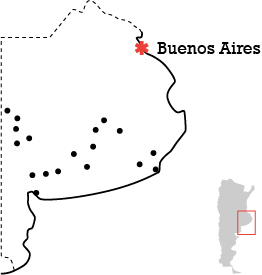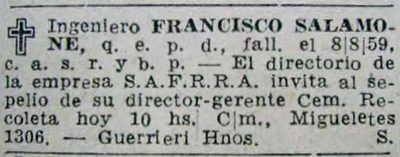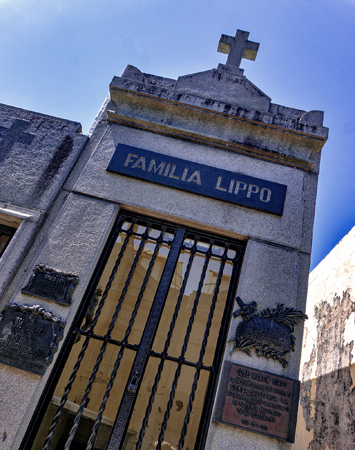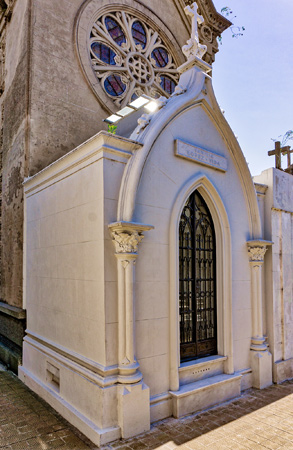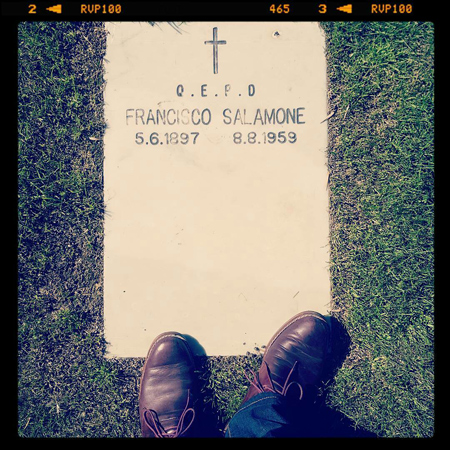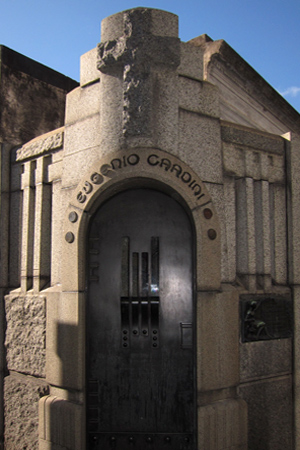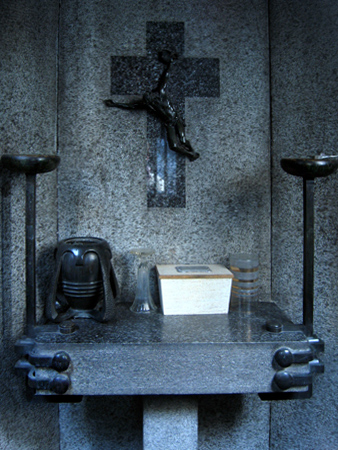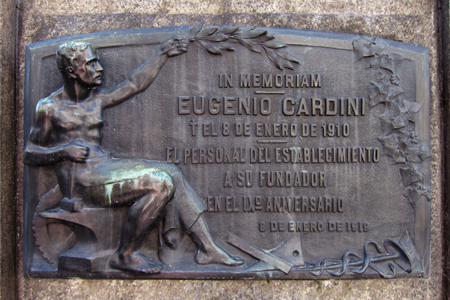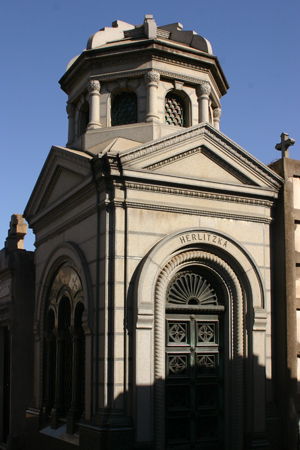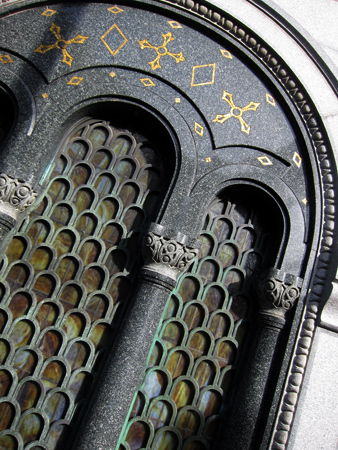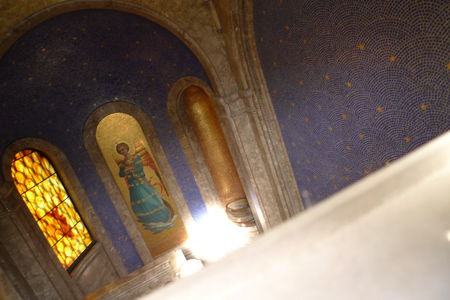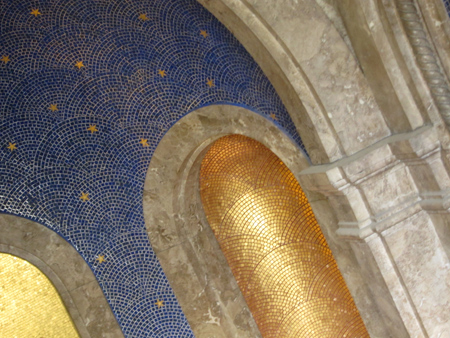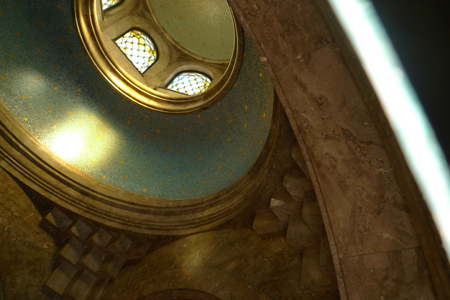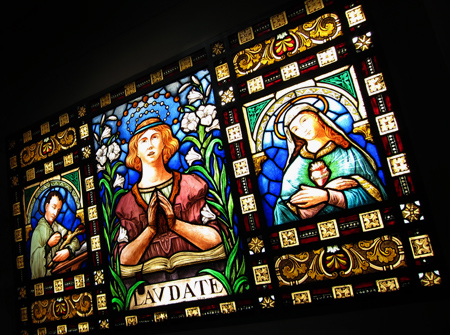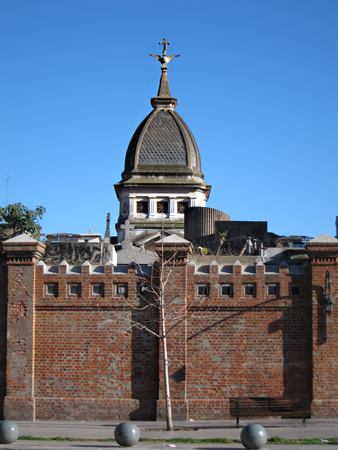
Born in Buenos Aires in 1840, the first Ángel de Estrada came from a long line of wealthy landowners & helped found the Sociedad Rural Argentina at the age of 26. His family connections plus large amounts of cash helped Ángel become a successful businessman. In 1869, he established a publishing house, the Editorial Estrada, which still exists today as part of the Macmillan Group. Many of his later ventures would have to do with publishing, including the first paper factory in Argentina & the production of elements for printing presses. Eventually, De Estrada would provide many of the educational materials needed for the rapidly growing nation. Ángel de Estrada passed away in 1918.
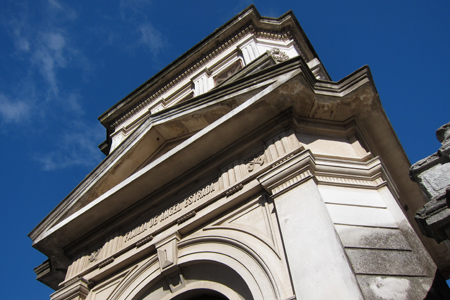
Perhaps his son, also named Ángel de Estrada, is better known because of the body of work he left behind. De Estrada (hijo) was born in 1872 in Buenos Aires & became a recognized novelist & poet… very fitting given his father’s legacy. He often traveled to Europe & was inspired by classic Greek & Roman literature as well as works of the Renaissance. In 1923, a boat accident just off the shore of Rio de Janeiro ended his career prematurely. The son’s upper-class connections would be remembered by a plaque from the Liga Patriótica Argentina:
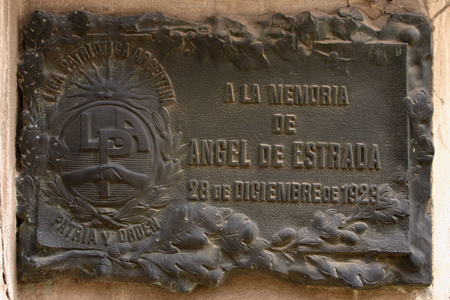
One of the tallest mausoleums in Recoleta Cemetery, its placement among the long rows of the southeast section makes it difficult to appreciate & to photograph:
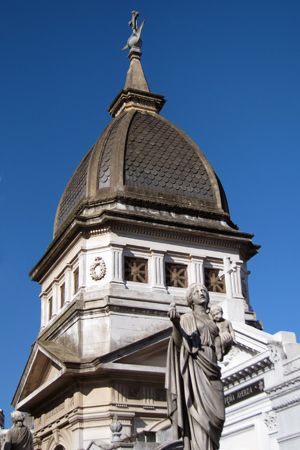
Two separate entrances, one to the altar & another to the crypt below, are gated & prevent visitors from appreciating the interiors:
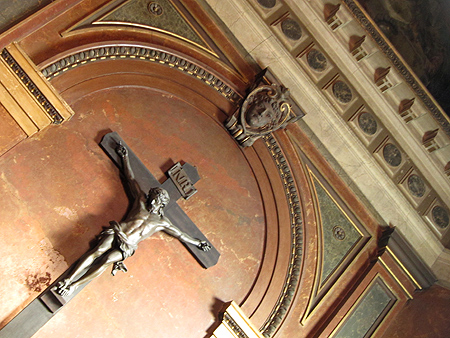
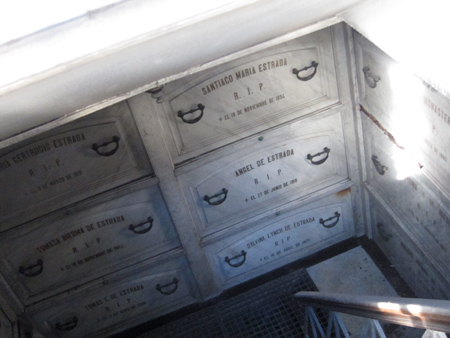
But keen observers will note that the decoration was inspired by the cemetery’s entrance gate… almost a carbon copy:
